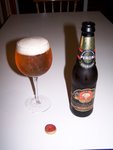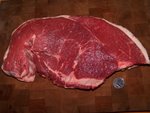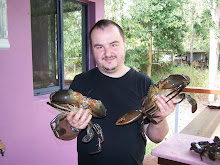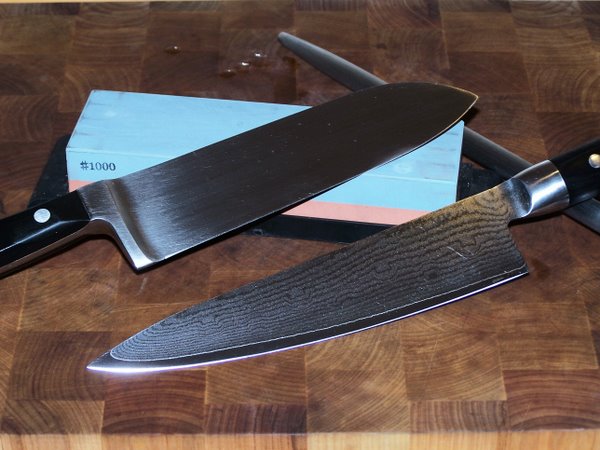Some beers are just flat out unreal. I'll have a bit of a chat about them, and recomend a snack to go with.
Coopers Extra Strong Vintage Ale.
Coopers of South Australia is the only mainstream brewer in the country that actually makes real beer. By that I mean bottle conditioned, and with a best after, not best before date. This means that the beer is naturaly carbonated so it's still alive, therefor it will continue to age/improve under cellar conditions for years to come. If you don't beleve me try this one: Take a six pack of any coopers beer. Bung it in the cellar, or under the house for six months. Now after the ageing process has passed, go out and buy a fresh sixer of the same type of Coopers beer. Stick em boath in the fridge so as to be the same tempreture. First crack the fresh one and taste, now try the aged version. There will be no argeument as to wich brew is the better one!
Coopers Extra Strong Vintage Ale is a beer that has been designed around not just excellent drinking, but cellar ageing aswell. I'll start this review by including what was writen on the lable.
This naturally conditioned ale experences interactions between the robust malt, hop and yeast characters, to exhibit an intriguing journey of flavor development over a period of five years. This grand ale should be savoured in moderation.
Coopers vintage has been brewed with choice malts and an extended top fermentation to provide a strong flavorsome ale.
When stored under cellar conditions the rich & full flavor of Coopers Vintage becomes more complex with a smooth, warming finish.
In my opinion the above discription is totally accurate. But I add:
Dark and amber in colour. Showing the classic Coopers lack of head retention, but with a small, slow and fine bead. The nose is complex, malty and slightly floral. To taste, the malt is upfrount, well roasted but with possible lighter components. Jasmin and corriander seed come next as florals. The bitterness comes last and is supperbly ballanced. The lingering after taste is dark bitter chocolate and truely wonderfull.
Spring bay oysters are somewhat smaller than the average southern ocean variety, not to mention fucking hard to open. But once you've savoured the freshness, and ocean essence flavor you'll know it's been worth the trouble.
We won't mention the price to the wife..
Flomell pears. Flomell is Felmish for trout skin. (Still tastes like pears.)























































